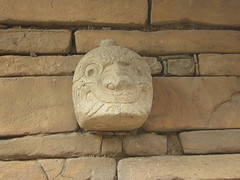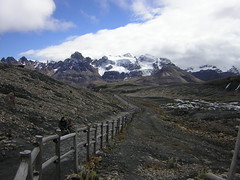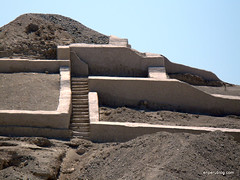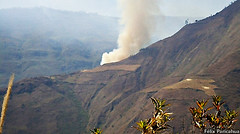Torrential rains put more Incan sites at risk
The heavy rains that caused damage to a wall at ancient Sacsayhuamán have not halted. Other sites are suffering damage too and tourists are facing restrictions and where they are allowed to go.
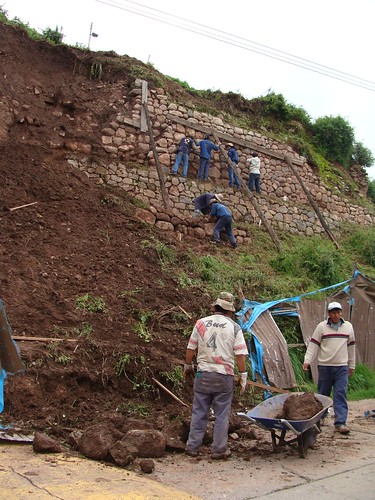
Colcampata (Andina/F. Zora-Cavajal)
On the 14th of January a landslide occurred on the Andenes of Colcampata, while in Pisaq on the following Sunday, two walls collapsed.
At this news the director of Cusco’s National Institute of Culture (INC) office, Juan Julio García, ordered emergency evaluations of the 19 archaeological areas under his jurisdiction. Although originally denying that there was any further risk of damage, when informed of the possibility of rains intensifying yet further, he accepted that the risk was there, adding: “Above all in the parks of Machu Picchu and Sacsayhuamán”.
In Pisaq, the walls in the western Huimin sector, where visitors hike up on the side of the Kitamayo gorge, were damaged by a landslide that ocurred at 9a.m. the this previous Sunday. A large boulder came loose and rolled down some 500 metres through the archaeological site. The walls that form two andenes or terraces were partially destroyed.
According to Percy Ardiles, in charge of the Archaeological Park of Písac, not only does this same rock present further risk in that it could roll down further from where it has settled, but it is also perched blocking access to tourists and could pose a danger to hikers.
Machu Picchu and other sites
The site of Colcanpata, next to the San Cristóbal church in Cusco also suffered damage with one of the walls of its andenes collapsing (see photo above). The site is on property owned by a French citizen who authorities can’t contact but blame for the damage for diverting a water channel that led rain away from the wall.
Fernando Astete, in charge of the Machu Picchu park denied that structures that form part of the famous citadel were ask risk, but did announce the restriction of access to Huayna Picchu because of heavy rain.
Peruvian weather service Senamhi states that the rain fall the area has received is as much as 15% higher than the seasonal average. On the 16th of January Pisaq saw rainfall as high as 25 litres per square metre, while Machu Picchu received 35 litres.
The population of Cusco is advised to remain vigilant, especially those who live next to the banks of rivers and on the sides of steep hills.
With the whole country facing deluge, archaeological sites in Lambayeque, such as the Huaca Rajada, Ventarrón, Chotuna, Túcume, La Pava, Jayanca, Las Ventanas, El Oro and others are being protected to prevent damage.
Tags: cusco, el niño, global warming, huaycos, machu picchu, pisaq, sacsayhuaman, water crisis




